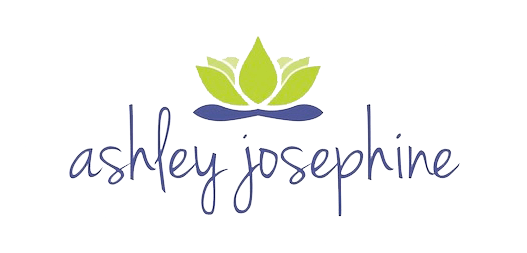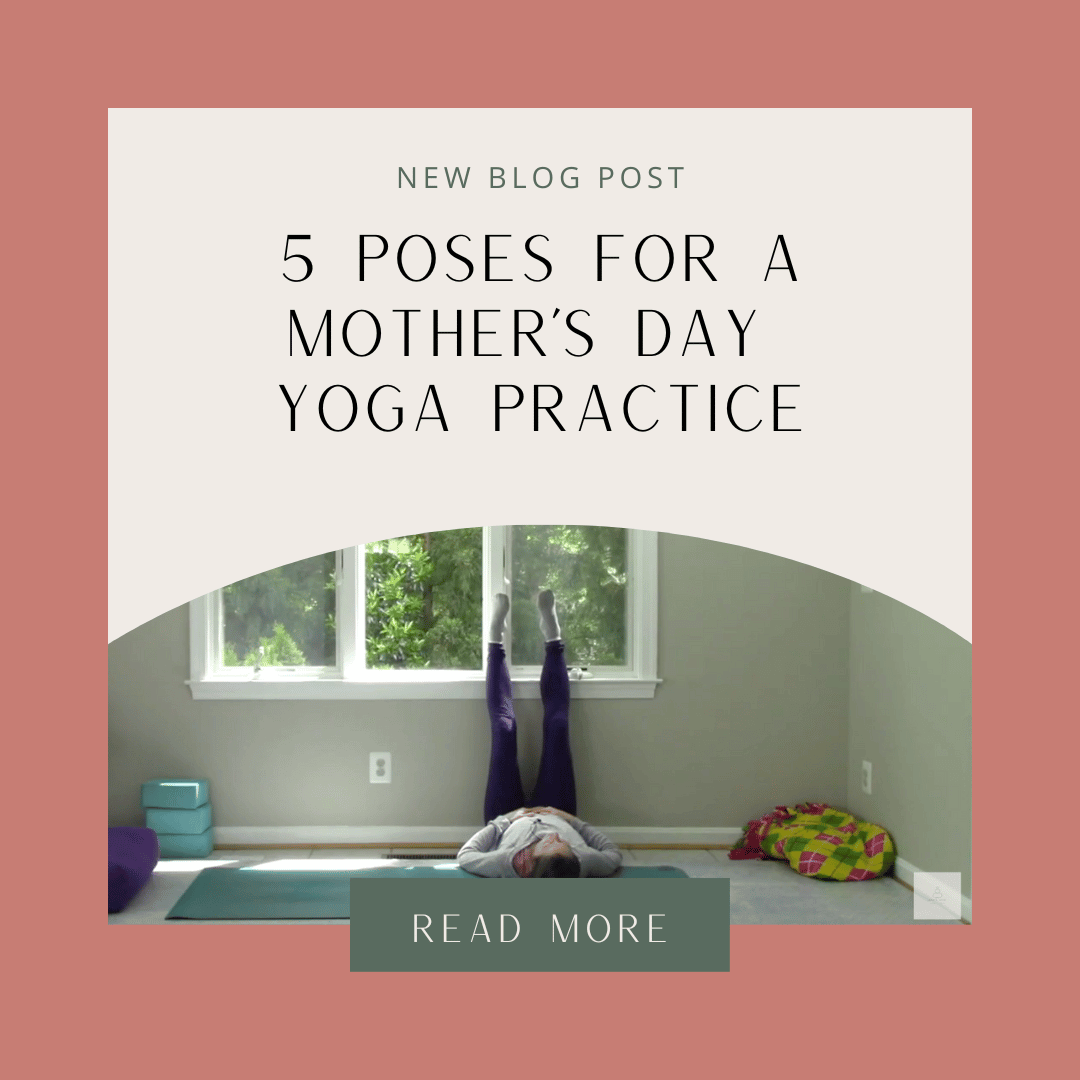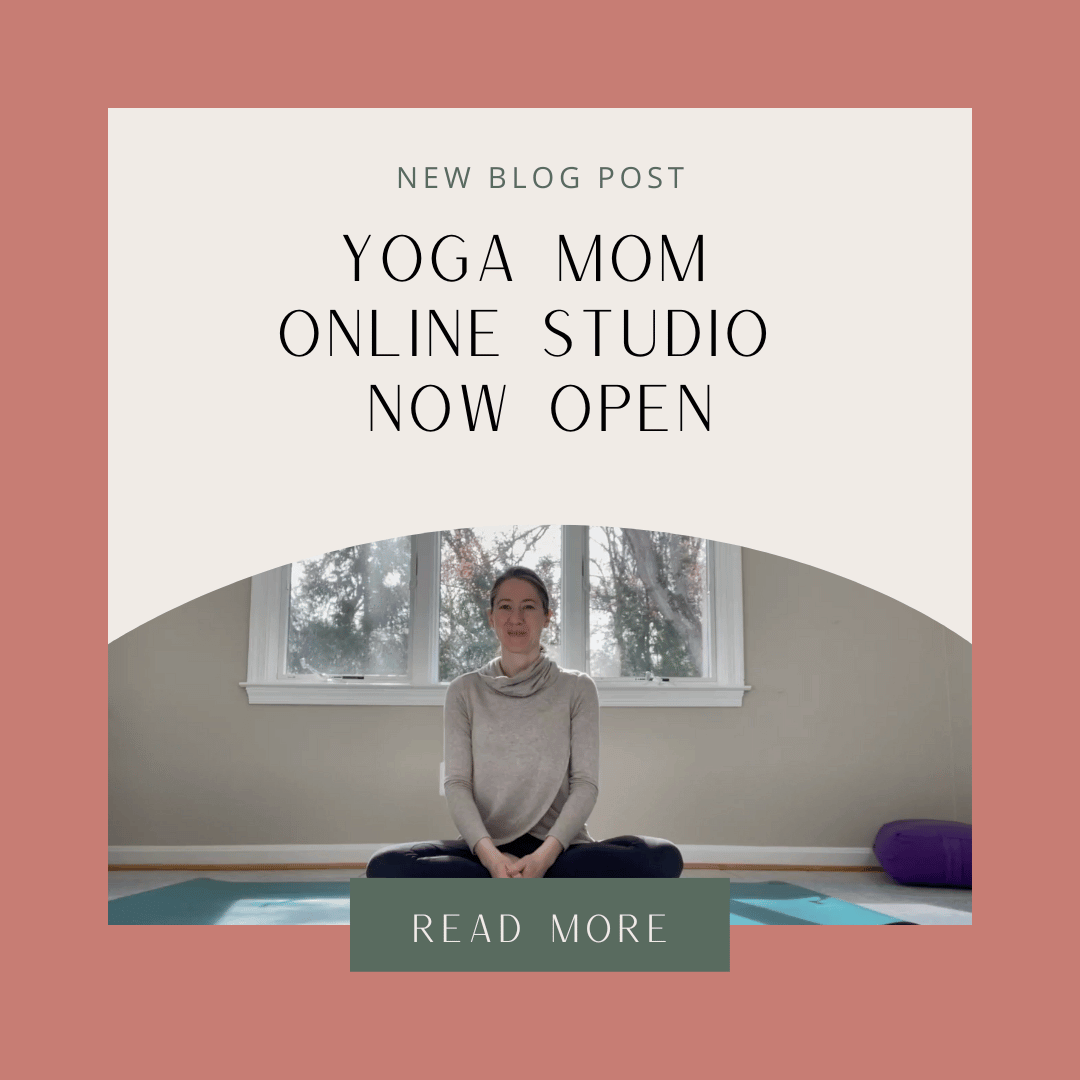The Yoga Sutras of Patanjali outline 9 types of interference when it comes to developing mental clarity.
Yoga Sutra 1.30:
“There are nine types of interruptions to developing mental clarity: illness, mental stagnation, doubts, lack of foresight, fatigue, overindulgence, illusions about one’s true state of mind, lack of perseverance, and regression. They are obstacles because they create mental disturbances and encourage distractions.”
-TKV Desikachar
Yoga Sutra 1.31:
“All these interruptions produce one or more of the following symptoms: mental discomfort, negative thinking, the inability to be at ease in different body postures, and difficulty in controlling one’s breath.”
-TKV Desikachar
Today I want to explore the third type of interference — doubt.
Defining doubt
A simple Google search on the definition of doubt brings up words such as uncertainty, fear, and distrust.
It’s probably easy to think of a time when you have felt uncertain, afraid, or uneasy about a situation and these feelings prevented decision-making. The feelings of fear, dis-ease, and uncertainty distract us from moving forward in life.
A state of confidence, on the other hand, represents lack of doubt and can be defined as the absence of uncertainty, an innate understanding and trust, or feeling love and excitement instead of fear.
The home of confidence
Using yoga to develop states of confidence can help you move toward clarity and more peace.
So how does yoga help you overcome doubt and feel more confident?
Cultivating confidence starts by getting centered in your Self.
Your energetic center of confidence lives in the third chakra, or the solar plexus. This is, appropriately, the center of your body. This is where you transform food into energy to move through your day. This is your core.
Ironically, the core is often a part of the body many people try to cover up or hide because of a lack of self-esteem. If we are physically ashamed of our center, how will we show up energetically with confidence?
Yoga practices that focus on the core, building strength, and balanced breathing are great for creating the conditions for confidence to grow.
Overcome doubt with yoga practice
Finding confidence and overcoming doubt starts with befriending your Self. This process brings you to your center and asks you to rest there to find peace.
The good news is, your center is within you. It does not exist outside of you and you don’t need to buy anything to help you get there.
It is helpful to design a practice that connects you to your centered Self on a daily basis. This will build your confidence over time.
The hard part about building confidence in your Self is that this practice does not always produce results immediately. This is why it is so important to have faith — to trust that as long as you continue to practice, even if the practice doesn’t always feel good or useful on a daily basis, you will still benefit and build a stronger internal confidence.
To live from your center means to live with certainty that you are doing the best you can in the moment. You may not be certain about the outcome, but that’s not the type of certainty you’re looking for. A confident person makes decisions not knowing what the outcome will be but trusting that they’ll figure it out along the way. The certainty a confident person possesses is a certainty in the Self. A certainty in the order of things — that everything will work out.
A confident person thrives off excitement and love and looks for opportunities that bring him or her closer into contact with those feelings. Rather then making decisions to prevent worst-case scenarios, confident people take risks for the potential of greatness.
This doesn’t mean that confident people don’t struggle. Struggle is inherent in the journey but a confident person doesn’t shy away from the struggle. A confident person embraces that the struggle is part of growth and can always be worked through.
The difference between inner and outer confidence
Outward confidence is different then inward confidence. A person who projects external confidence but who is not confident with his or her inner Self will run into many problems throughout life. The universe will not align with his or her aspirations. This person will view life as hard.
A person aligned with inner confidence, however, will encounter unexpected and unexplainable twists of fate that seem to help him or her along the path. These are messages from the universe to keep moving in the right direction. This person may still view life as challenging, but will have a more optimistic outlook on life because she feels supported.
It’s the inner confidence that invites greatness. Inner confidence causes radiance. This is the outward projection of energy that can be perceived as confidence but is produced from an inner knowing.
To find that confidence, yoga suggests a customized combination of living based on a set of principles, movement, breathwork, practicing an awareness of your inner state of being, concentration, and meditation.
This is the path of Classical Yoga. Engaging in the practice of yoga breeds inner confidence. The hard part is sustaining the practice to benefit from the long-term results.
How can you start consciously crafting a personal practice that helps you come into full contact with your inner Self and show up more confidently on a daily basis?
Namaste!





